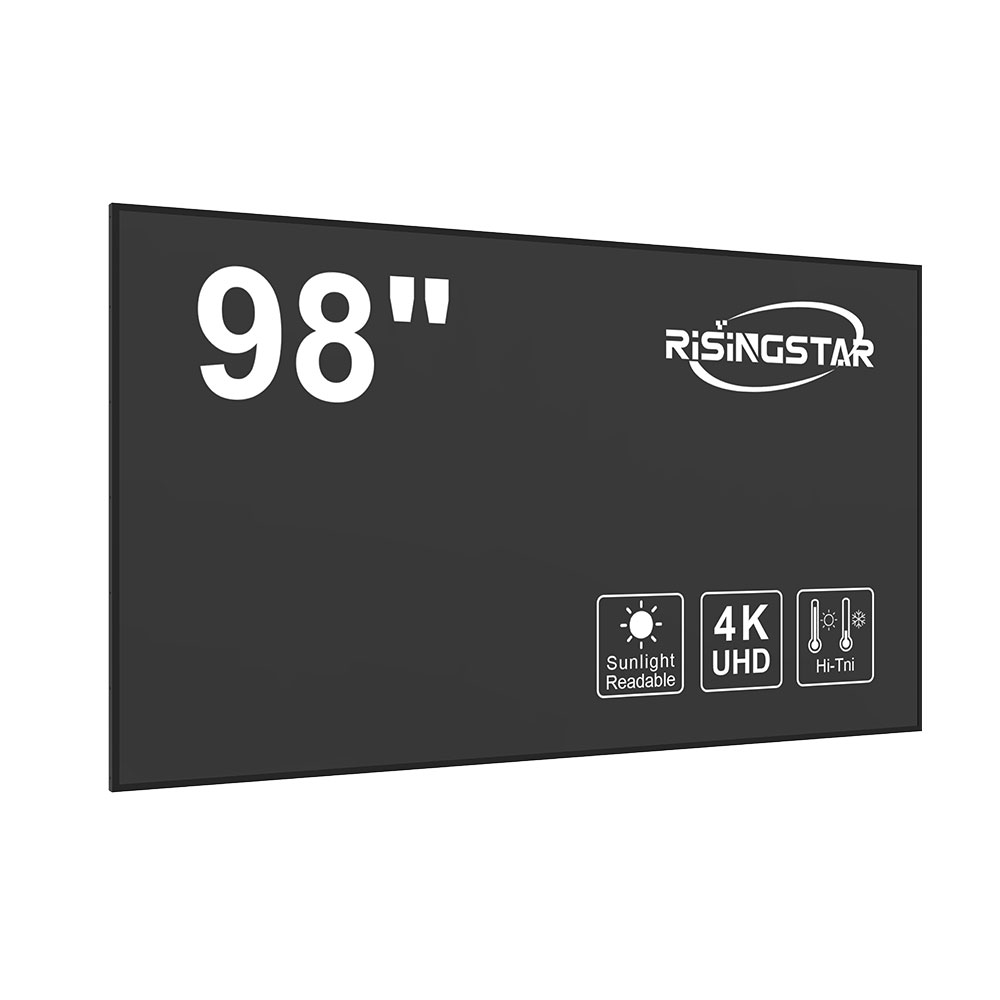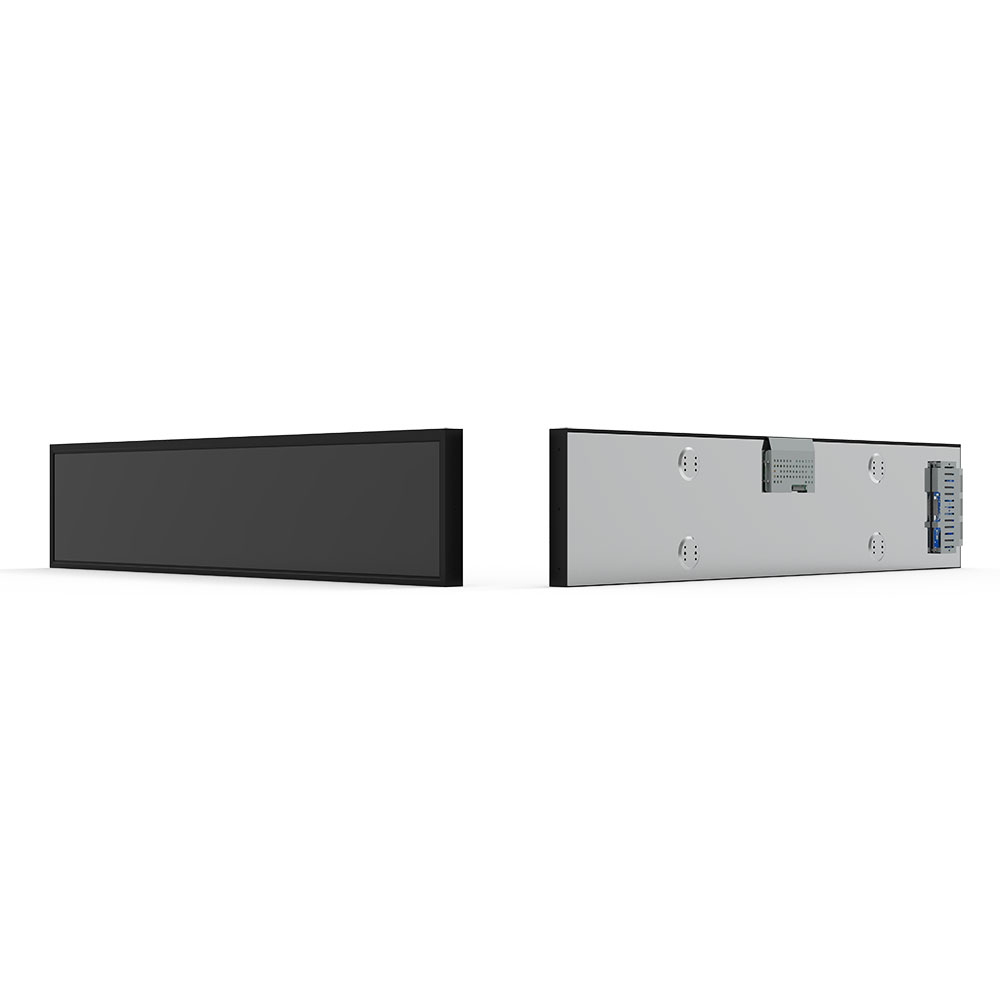- Home
- About Us
- Products
- News
- Video
- Contact
- Send Inquiry
Search
- Home
- About Us
- Products
- News
- Video
- Contact
- Send Inquiry

In the world of modern display technology, understanding the meaning and advantages of an IPS panel is essential for consumers, engineers, and professionals working in electronics, automotive, aerospace, and industrial applications. IPS, short for In-Plane Switching, is a type of liquid crystal display (LCD) technology developed in the late 1980s by Hitachi and later refined by various manufacturers including LG Display and Sharp. Today, it is widely used in high-brightness sunlight-readable displays—especially in environments where visibility under direct sunlight or harsh lighting conditions is critical.
The core innovation of IPS panels lies in how the liquid crystal molecules are aligned. Unlike traditional Twisted Nematic (TN) panels, where crystals rotate perpendicularly to the glass substrate, IPS panels align the crystals parallel to the plane of the glass. This allows for more consistent light transmission across viewing angles, significantly improving color accuracy, contrast, and overall image quality. According to IEEE Transactions on Display Technology (2021), IPS panels offer angular performance up to 178° both horizontally and vertically, whereas TN panels typically max out at around 160°. This makes IPS ideal for outdoor use in military, medical, transportation, and construction equipment interfaces.
One of the most significant benefits of IPS panels is their superior color reproduction. The technology enables a wider color gamut—often covering 95% or more of the sRGB standard—which is crucial for graphic design, digital signage, and precision instrumentation. For instance, in aircraft cockpit displays, where pilots must interpret complex data quickly and accurately under varying lighting conditions, IPS ensures that color-coded information remains clear and legible regardless of head position. A 2023 study by the Society of Automotive Engineers (SAE International) confirmed that IPS-based screens reduced pilot visual fatigue by 42% compared to TN panels in flight simulators.

Another key advantage of IPS panels is their ability to maintain consistent brightness and contrast even in extreme temperatures. This is particularly important in high-brightness sunlight-readable LCDs, which are engineered to achieve luminance levels of 5,000 to 10,000 nits or higher. As explained in the MIL-STD-188-134A military specification, these displays must remain readable under direct sunlight while operating in temperature ranges from -40°C to +70°C. IPS panels, when combined with advanced backlighting such as LED arrays and anti-glare coatings, perform reliably in such demanding environments. For example, the U.S. Army’s tactical communication devices now rely on IPS-based sunlight-readable displays for mission-critical situational awareness.

However, IPS panels do have trade-offs. They tend to be more expensive than TN panels due to complex manufacturing processes and the need for additional layers like polarizers and compensation films. Response times are also generally slower—typically 8–12 ms compared to TN's 1–5 ms—making them less suitable for fast-paced gaming or real-time video capture. Nevertheless, recent advancements in Fast IPS (F-IPS) and Advanced Super IPS (AS-IPS) technologies have narrowed this gap, achieving response times below 5 ms without compromising color or viewing angle performance.
From a professional standpoint, choosing an IPS panel involves balancing application-specific needs. In consumer electronics, IPS dominates premium smartphones and tablets due to its superior image quality. In industrial settings like oil rigs, construction sites, and maritime navigation systems, IPS is often the default choice for sunlight readability and long-term durability. According to market research by Grand View Research (2023), the global IPS panel market is projected to grow at a CAGR of 6.2% from 2023 to 2030, driven by increasing demand for ruggedized displays in defense, IoT, and smart infrastructure sectors.
In conclusion, “what does IPS panel mean” goes beyond a simple acronym—it represents a foundational shift in LCD engineering that prioritizes visual fidelity, environmental resilience, and user-centric design. Whether you're selecting a screen for an outdoor kiosk, a vehicle dashboard, or a military-grade monitor, knowing what an IPS panel means—and how it performs—can make the difference between effective communication and operational failure.